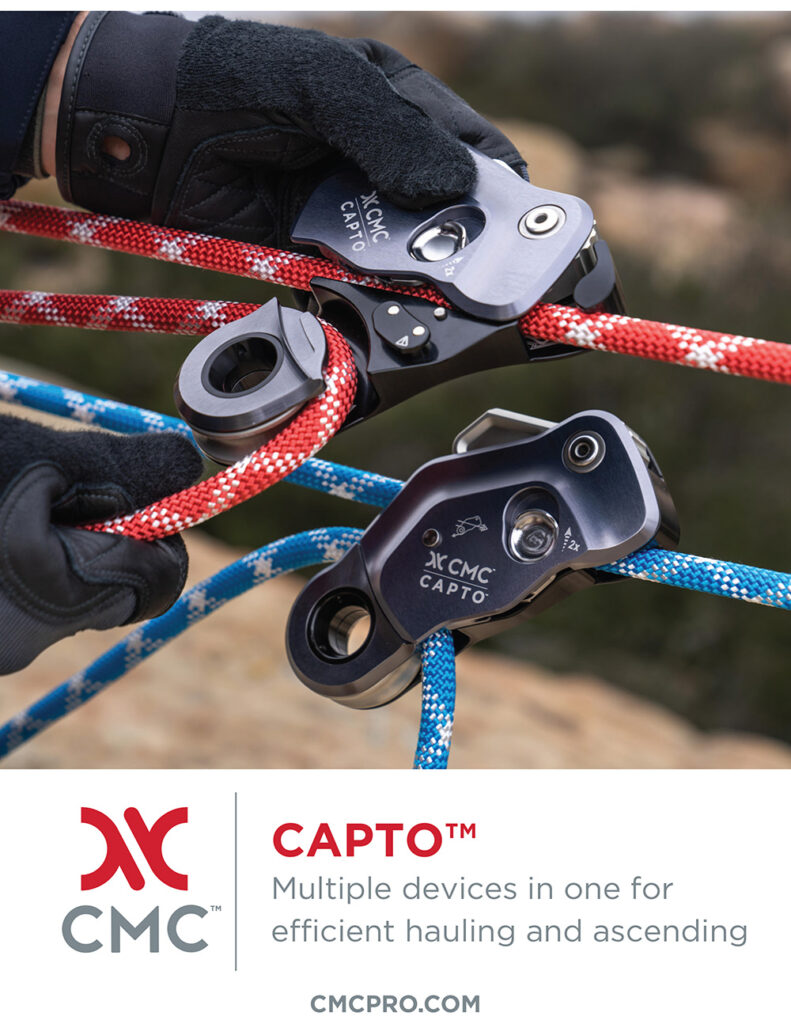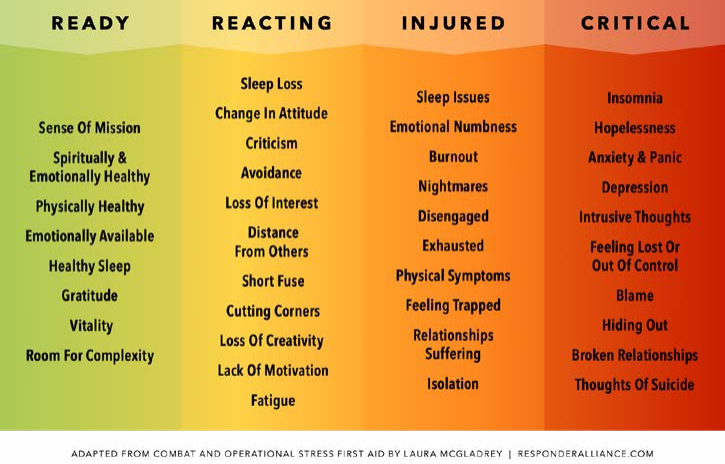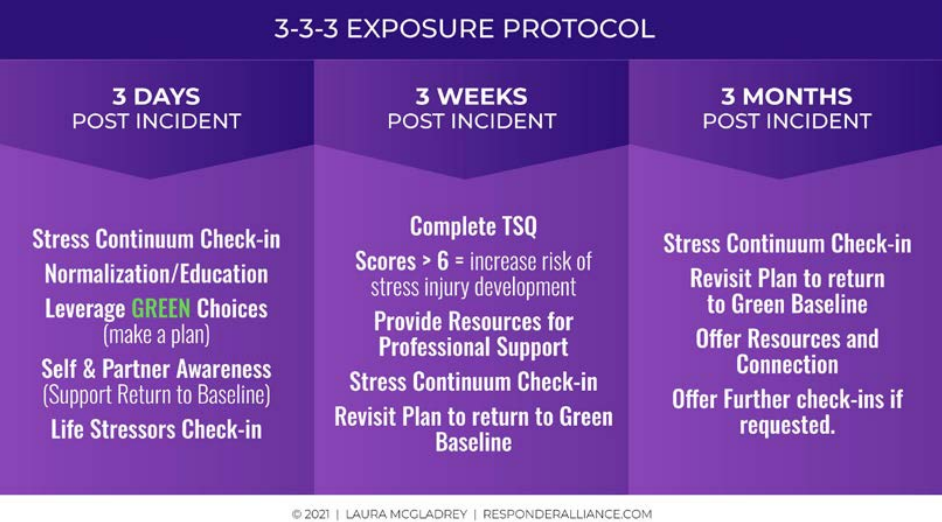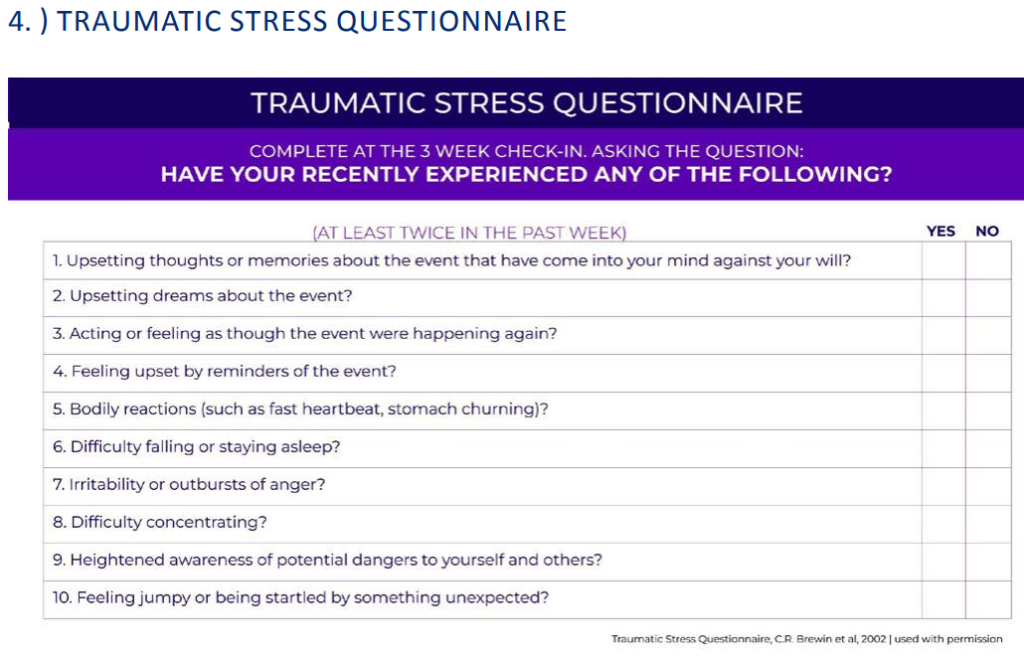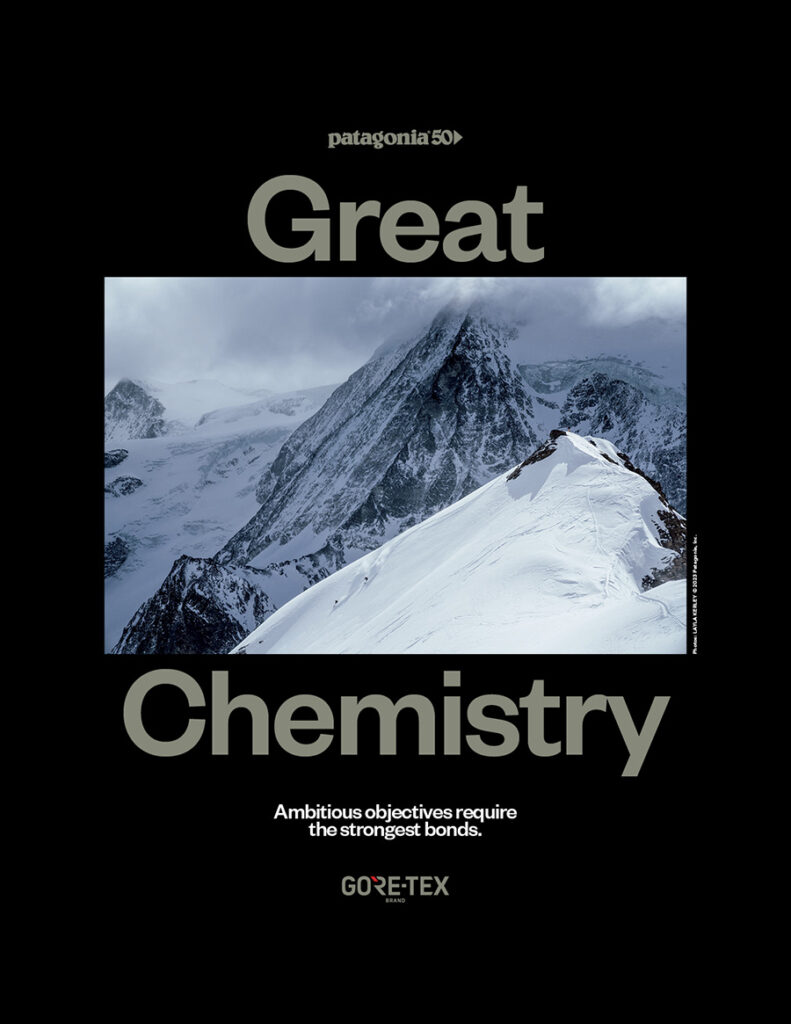Prepared for the AOD by John Ellerton (MedCom President) and Alison Sheets (MRA) Passed by the AOD on the 21st October 2023. Review date in 3 years time.
These ICAR recommendations are designed for all rescuers and mountain rescue organisations.
Mountain rescuers are exposed to significant stress in the work they perform. The injuries, illnesses and fatalities seen, and exposure to the bereaved families and friends takes a toll on the emotional wellbeing of the professionals that respond to these incidents. Over the last decade, and more recently with the additional stressors of the global pandemic, building awareness and resilience against operational stress injury has become an important focus in alpine rescue organisations and other first responder agencies.
We believe that all rescuers should have the knowledge, skills and an ability to cope with the difficult work we do. All rescuers should be supported in this by their organisations. We also believe these recommendations promote a healthier team culture and could encourage
better retention of experienced members.
We would like to acknowledge the Responder Alliance (https://www.responderalliance.com) for their formative work and Marie Nordgren, Naomi
Dodds, Jonathan White and others for their authorship. More detailed guidance is likely to become available in 2024. No evidence grading has been possible for this recommendation. It is based on consensus opinion. Comments are welcome; please send them to:
mountain.medicine@alpine-rescue.org
Recommendations:
We have divided the larger topic of operational stress injury into three areas where education and training can be focused.
1) Potentially Traumatizing Event
2) Stress Continuum
3) 3-3-3 Protocol
4) Traumatic Stress Questionnaire
Preparation and pre-planning | |
1 | Understanding exposure to stress, the formation of stress injury, its physical effects and risk factors should be part of all medical training. |
2 | Stress injury training should be recurring to normalize and destigmatize the discussion of emotional and mental health topics. |
3 | Organizations should develop a method to promote resilience and connection within its teams. This could be a resilience team within the team or other peer support to coordinate resilience efforts. Organizations should ensure there is continuous education about stress injury. |
4 | Mountain rescue organizations should develop strategies for the assessment of, the ongoing monitoring of, and the team response to a potentially traumatizing event – see (1) below – or other critical incident. For example, a line of duty death would meet the criteria. Other responding agencies should be included in this planning. |
5 | Successful organizations reduce exposure to stressors and proactively offer support. They should develop social cohesion and have zero tolerance policies on bullying, harassment, emotional and physical abuse. |
During an incident or exposure | |
6 | Stress continuum utilization – see (2) below – should be routine in the day-to-day activities of the team and the individual rescuer. |
7 | Stress First Aid* (SFA) should be practiced in order to provide practical, effective, and timely interventions. The five intervention principles (safety, calm, self-efficacy, connection, and hope) should be used when implementing SFA. |
8 | If feasible, rescuers should be able to “opt out” of traumatic exposures. Consider a “tactical pause” when there has been a major change to the mission goals. For example, a change from rescue to body recovery. |
| |
After the incident or exposure | |
9 | After action reviews or critical incident debriefs should be timely when a potentially traumatizing event is identified. The focus should be on establishing the facts of the incident, what went right and areas for improvement. Acknowledgment of the incident stressors should occur but this should not retraumatised the participants. |
10 | Rescuers and team leaders should understand the elements of stress injury recovery and the normal timing of the stress cycle. |
11 | The 3:3:3 – see (3) below – model for follow up and the traumatic stress questionnaire (4) should be utilized to provide support to exposed rescuers and agencies. |
12 | Mental health professionals working with SAR personnel should be familiar with the rescuers’ tasks and culture of the organization. A common language should be used consistently. |


